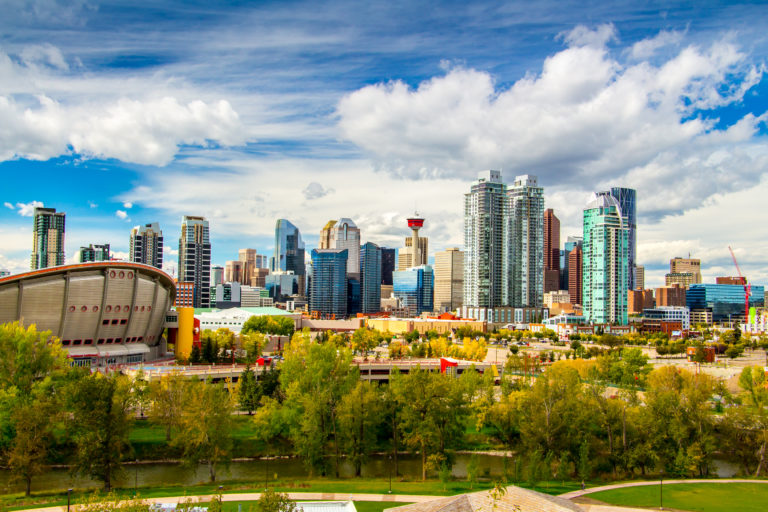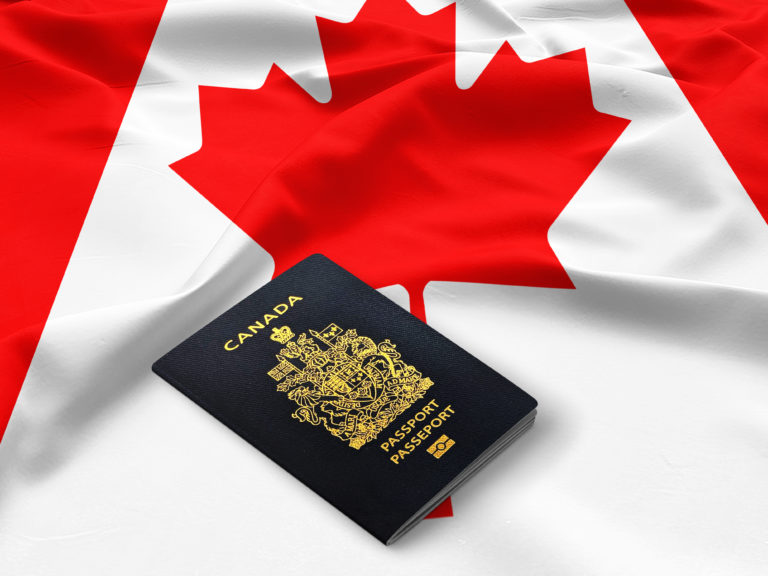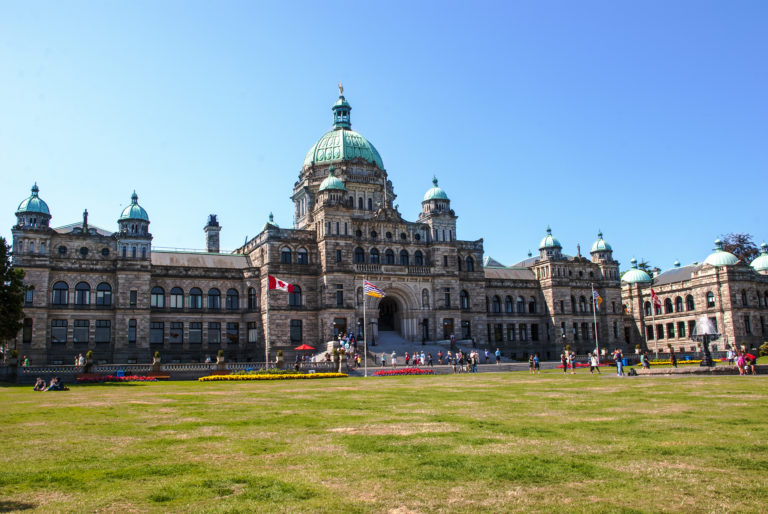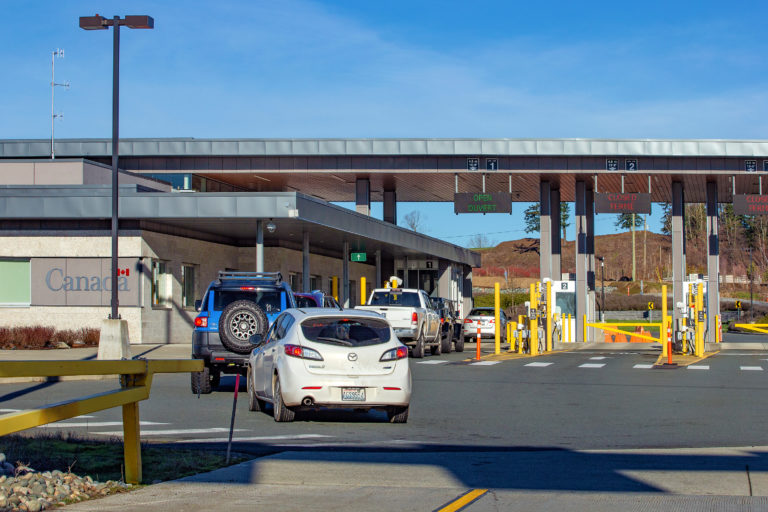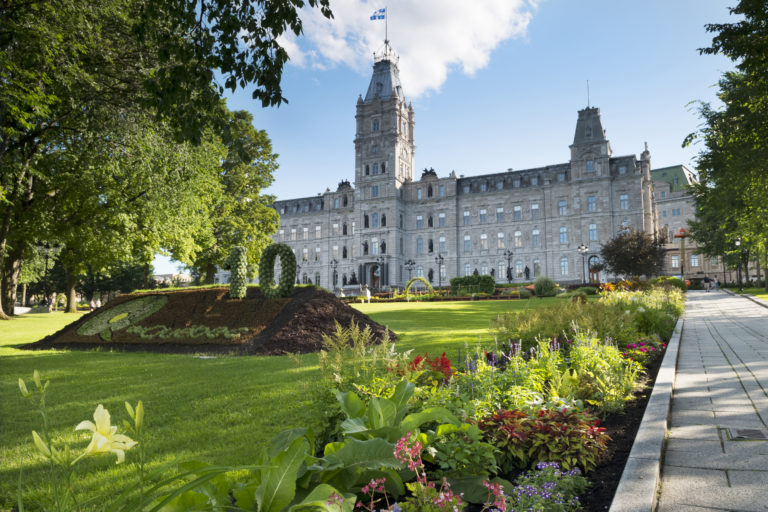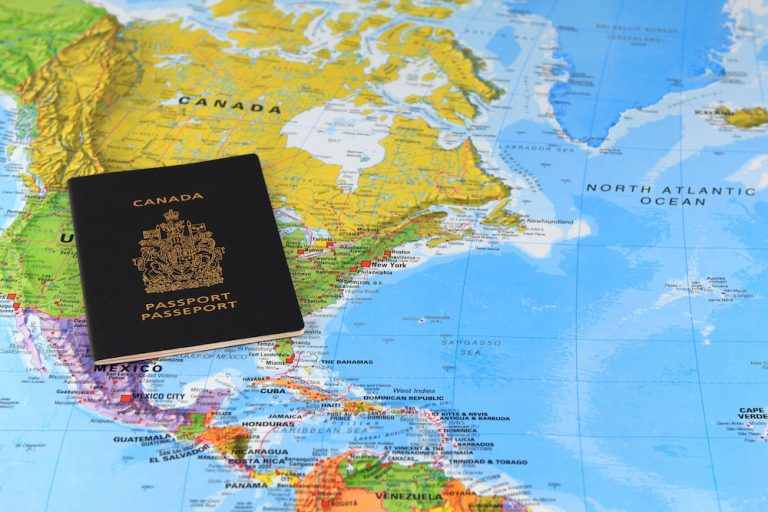Canada immigration news: A new Alberta Express Entry draw saw the province issue 275 invitations through the Alberta Immigrant Nominee Program.
The September 21 draw saw candidates require a minimum Comprehensive Ranking System score of 300.
Important requirements for the Alberta Express Entry stream are that candidates have stated an interest in immigrating permanently to the province, and are working in an occupation that supports Alberta’s economic development and diversification.
For full details of the requirements for Alberta Express Entry, please see below.
Read More Canada Immigration News
Invitations to Alberta Immigrant Nominee Program soaring as year draws to a close
Alberta Immigration Draw: Province Invites 500 Candidates With Minimum Score of 300
Alberta Invites 850 Express Entry Candidates In Two New Draws
Alberta Express Entry 2021 Draws
|
Draw Date |
NOI Letters Sent |
CRS Score of Lowest-Ranked Candidate |
|
30-Sep-21 |
275 |
300 |
|
21-Sep-21 |
450 |
300 |
|
14-Sep-21 |
385 |
300 |
|
07-Sep-21 |
500 |
300 |
|
30-Aug-21 |
400 |
301 |
|
23-Aug-21 |
450 |
300 |
|
10-Aug-21 |
396 |
300 |
|
27-Jul-21 |
148 |
300 |
|
14-Jul-21 |
181 |
301 |
|
29-Jun-21 |
148 |
302 |
|
16-Jun-21 |
184 |
300 |
|
05-Jun-21 |
191 |
300 |
|
18-May-21 |
250 |
301 |
|
05-May-21 |
250 |
300 |
|
20-Apr-21 |
200 |
301 |
|
06-Apr-21 |
200 |
302 |
|
26-Mar-21 |
300 |
301 |
|
02-Mar-21 |
200 |
301 |
|
16-Feb-21 |
159 |
352 |
|
10-Feb-21 |
200 |
301 |
|
28-Jan-21 |
100 |
360 |
|
08-Jan-21 |
50 |
406 |
Source: www.alberta.ca
Video
Alberta has a federal government nomination limit of 6,250 for 2021. It has currently issued 4,686 of those nominations.
The province also has 600 Alberta Opportunity Stream applications and 600 expression of interest applications in the Alberta Express Entry pool.
High Number of Applications
Alberta says a high number of AINP applications have been received in the following occupations, meaning they may take longer to process:
- 6311 – Food service supervisors
- 7511 – Transport truck drivers
- 6211 – Retail sales supervisors
- 6322 – Cooks
- 1241 – Administrative assistants
- 1221 – Administrative officers
- 9462 – Industrial butchers and meat cutters, poultry preparers and related workers
- 4214 – Early childhood educators and assistants
- 0621 – Retail and wholesale trade managers
- 0631 – Restaurant and food service managers
What are the Requirements for Alberta Express Entry?
In order to be eligible to receive a notification of interest, candidates must:
- Have an active Express Entry profile in the federal Express Entry pool.
- Have stated an interest in immigrating permanently to Alberta.
- Be working in an occupation that supports Alberta’s economic development and diversification.
- Have a minimum Comprehensive Ranking System score of 300 points.
Factors that may improve a candidate’s chances of receiving a notification of interest:
- A job offer from an Albertan employer and/or work experience in Alberta.
- Having graduated from a Canadian post-secondary institution.
- Having a relative that is living in Alberta: parent, child and/or sibling.
Factors that decrease a candidate’s chances of receiving a notification of interest:
- The Express Entry profile expires within the next 3 months
- You work in an ineligible occupation

